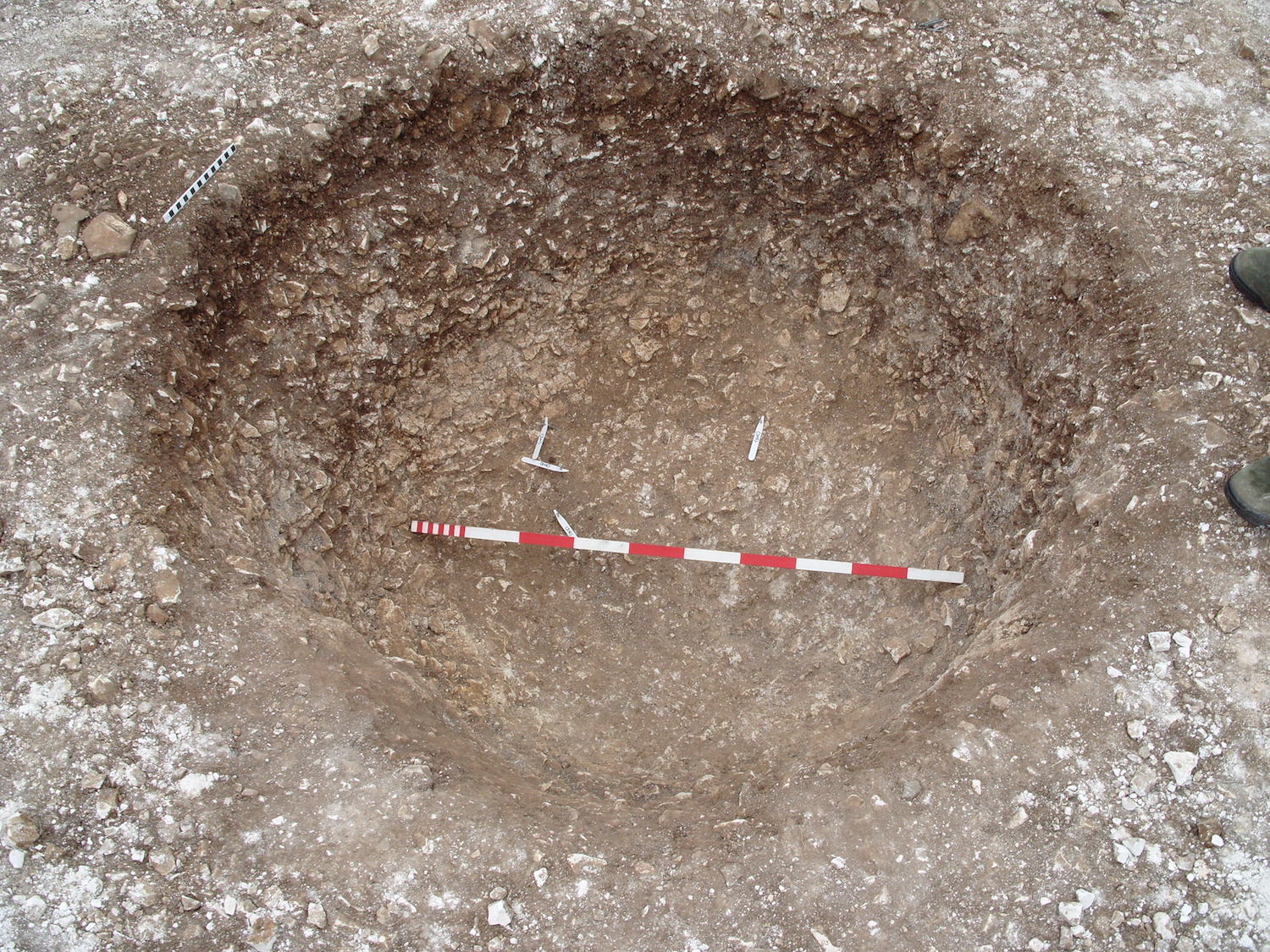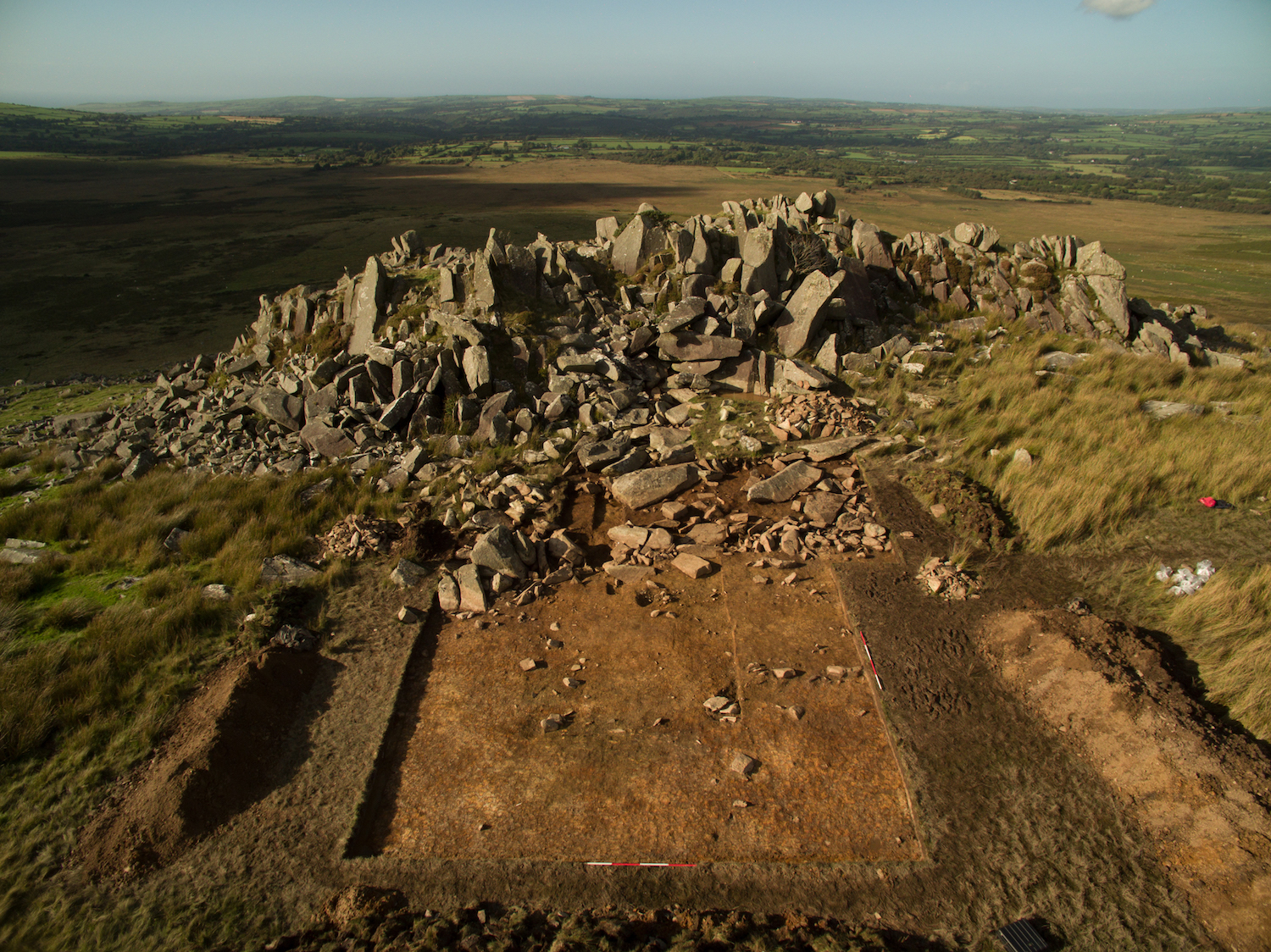New Stonehenge Mystery: Who Were These 10 'Outsiders' Buried at the Site?

Stonehenge's famous pillars came from a place far, far away. That much was known. But now, archaeologists have found another well-traveled feature at the monument: 10 ancient people buried there who definitely weren't locals.
In other words, they weren't from Salisbury Plain, where Stonehenge sits today, according to the new analysis of the human remains.
Some of these outsiders may have helped move the monument's bluestones — named for the bluish tinge the stones turn when wet or broken — from western Wales to Salisbury Plain, the researchers said. [In Photos: A Walk Through Stonehenge]
These results provide a "rare insight into the large scale of contacts and exchanges in the Neolithic, as early as 5,000 years ago," said study lead researcher Christophe Snoeck, who did the research while getting his doctorate in archaeological science at the University of Oxford.
In Stonehenge's early years, ancient people used it as a cemetery. In fact, excavations from 1919 to 1926 revealed the cremated remains of up to 58 people, "making Stonehenge one of the largest Late Neolithic burial sites known in Britain," the researchers wrote in the study, published online today (Aug. 2) in the journal Scientific Reports.
These cremated remains were discovered in the Aubrey Holes, a series of 56 pits at Stonehenge that were named in honor of the 17th-century antiquarian John Aubrey, who first wrote about them. All of the human remains were moved into Aubrey Hole 7, which was then re-excavated in 2008.
In their new analysis, Snoeck and his colleagues analyzed bone fragments from Aubrey Hole 7 that belonged to at least 25 people. The researchers analyzed the bones' strontium isotopes (an isotope is a variation of an element that has a different number of neutrons in its nucleus). Because a person's bones absorb strontium from their diet, the team compared the ancient strontium isotopes to those found in modern plants, water and dentine (teeth) from around the United Kingdom. The results were startling: 10 of the 25 people (40 percent) did not spend the last years of their life near Stonehenge.
Get the world’s most fascinating discoveries delivered straight to your inbox.
Some, but not all, of the 10 individuals had isotopes that matched levels from Wales, Snoeck said. Perhaps these travelers were part of the massive effort to bring the bluestones from western Wales to Salisbury Plain, said Snoeck, who is a postdoctoral researcher at the Analytical, Environmental & Geo-Chemistry research unit at Vrije Universiteit Brussel, in Belgium.
The other 15 people were locals who had lived within 12 miles (20 kilometers) of the famous henge during their lifetimes, the researchers said.
What's more, according to radiocarbon dating, these ancient people lived between 3180 B.C. and 2380 B.C., a time when cremation was common in Britain, the researchers said.
"What's really fascinating is that this date of around 3000 B.C. coincides with our radiocarbon dates for quarrying at the bluestone outcrops in the Preseli Hills of Pembrokeshire [in western Wales]," study co-researcher Mike Parker Pearson, an archaeologist at University College London, said in a statement. "Some of the people buried at Stonehenge might have even been involved in moving the stones — a journey of more than 180 miles [290 km]."
Cremation fuel
The ancient people weren't just from different places; they were cremated with wood from different types of trees, Snoeck and his colleagues found. Some of the remains of the trees used as fuel indicated that a funeral pyre constructed from local wood was used to cremate some of the dead, the researchers found. [Stonehenge Photos: Investigating How the Mysterious Structure Was Built]
In contrast, other pieces of the ancient fuel are from trees grown in dense woodlands, much like those found in western Wales. It's possible that some of the individuals were cremated elsewhere and then brought to Salisbury Plain to be buried at Stonehenge, the researchers said.
"The results emphasize the importance of inter-regional connections involving the movement of both materials and people in the construction and use of Stonehenge," Snoeck told Live Science.
The new study is a "very significant piece of work," said Alasdair Whittle, an emeritus professor of archaeology at Cardiff University in the U.K. who was not involved in the study.
It's "not surprising" that some of the outsiders hailed from western Britain, given the bluestone movement, Whittle said. Going forward, it would be helpful to learn more about the dates over which this connectivity spread — for instance, "was it concentrated into one or two generations, or a relationship spread over a much longer period, as the paper (perhaps rather loosely) implies?"Whittle told Live Science in an email.
Original article on Live Science.

Laura is the managing editor at Live Science. She also runs the archaeology section and the Life's Little Mysteries series. Her work has appeared in The New York Times, Scholastic, Popular Science and Spectrum, a site on autism research. She has won multiple awards from the Society of Professional Journalists and the Washington Newspaper Publishers Association for her reporting at a weekly newspaper near Seattle. Laura holds a bachelor's degree in English literature and psychology from Washington University in St. Louis and a master's degree in science writing from NYU.





